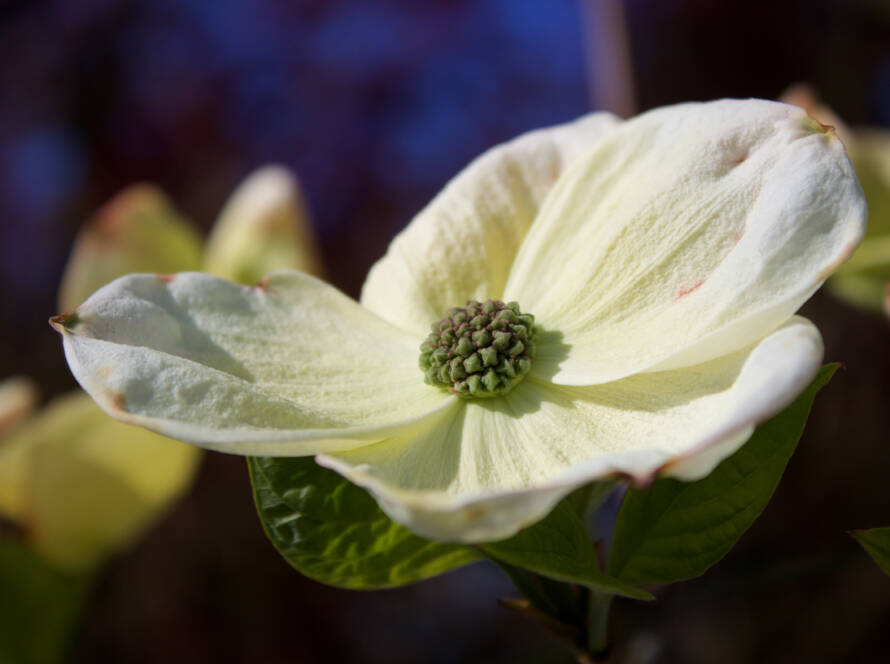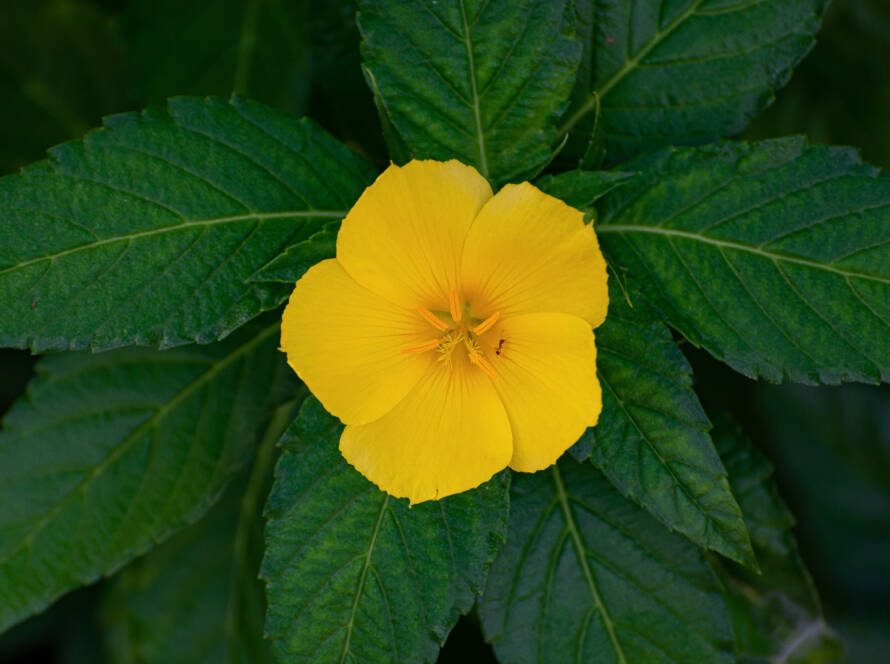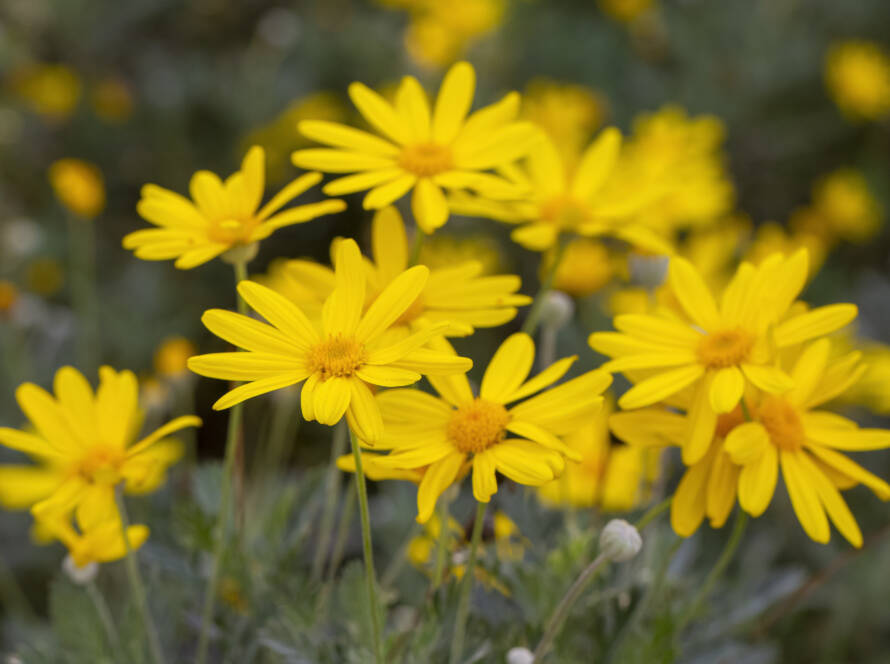Calendula
Introduction
Calendula, believed to be native to Egypt, has a nearly worldwide distribution. This plant has been cultivated in European gardens since the 12th century, with its folkloric uses dating back even further. Traditionally, tinctures and extracts of its florets have been applied topically to promote wound healing and reduce inflammation. Systemically, they have been used to alleviate fever, manage dysmenorrhea, and even treat cancer. The plant is recognized in the German Commission E Monographs for its wound healing and anti-inflammatory properties.
Common Names
- Calendula
- Garden Marigold
- Gold Bloom
- Holligold
- Marygold
- Pot Marigold
Latin Name
Calendula officinalis
Uses
Calendula is utilized for a variety of health issues, including:
- Wound healing
- Anti-inflammatory effects
- Treatment of minor burns, including sunburn
- Conjunctivitis
- Eczema
- Gastritis
- Minor injuries
- Peptic ulcers
- Ulcerative colitis
- Sore throat
- Detoxification, particularly in cases of severe fevers and infections
Additionally, oil extracted from calendula can be applied externally to relieve earache pain and discomfort. Internally, it may help reduce fever, soothe ulcers, and alleviate menstrual cramps. Calendula is also recognized for its cleansing properties for the liver and gallbladder. Its pungent odor serves as an effective pesticide, making it a popular companion plant in vegetable gardens to repel insects.
How It Is Used
The petals of calendula have been used in herbal preparations for centuries. Here are some common methods of preparation:
- Calendula Tea: Pour 200 ml of boiling water over 1-2 teaspoons of calendula flowers and let steep for 15 minutes. This tea can be consumed up to three times a day.
- Calendula Tincture: Soak a cup of flowers in 0.5 quarts of rectified alcohol or whiskey for 5 to 6 weeks. The tincture can be taken with water or tea, in doses of 1-2 ml, three times a day (5 to 15 drops).
- Calendula Juice: Made from freshly pressed flowers.
- Calendula Salve: Boil 1 oz of dried flowers or leaves with 1 oz of lard for external application.
What the Science Says
Despite the extensive historical use of calendula and its well-documented chemistry, there are limited clinical studies available to support its efficacy.
Side Effects and Cautions
- There is limited evidence regarding the safety of calendula use during pregnancy.
- Serious reactions to calendula preparations are rare, but allergic reactions and contact sensitization have been reported, including one case of anaphylaxis related to other members of the Asteraceae family.


